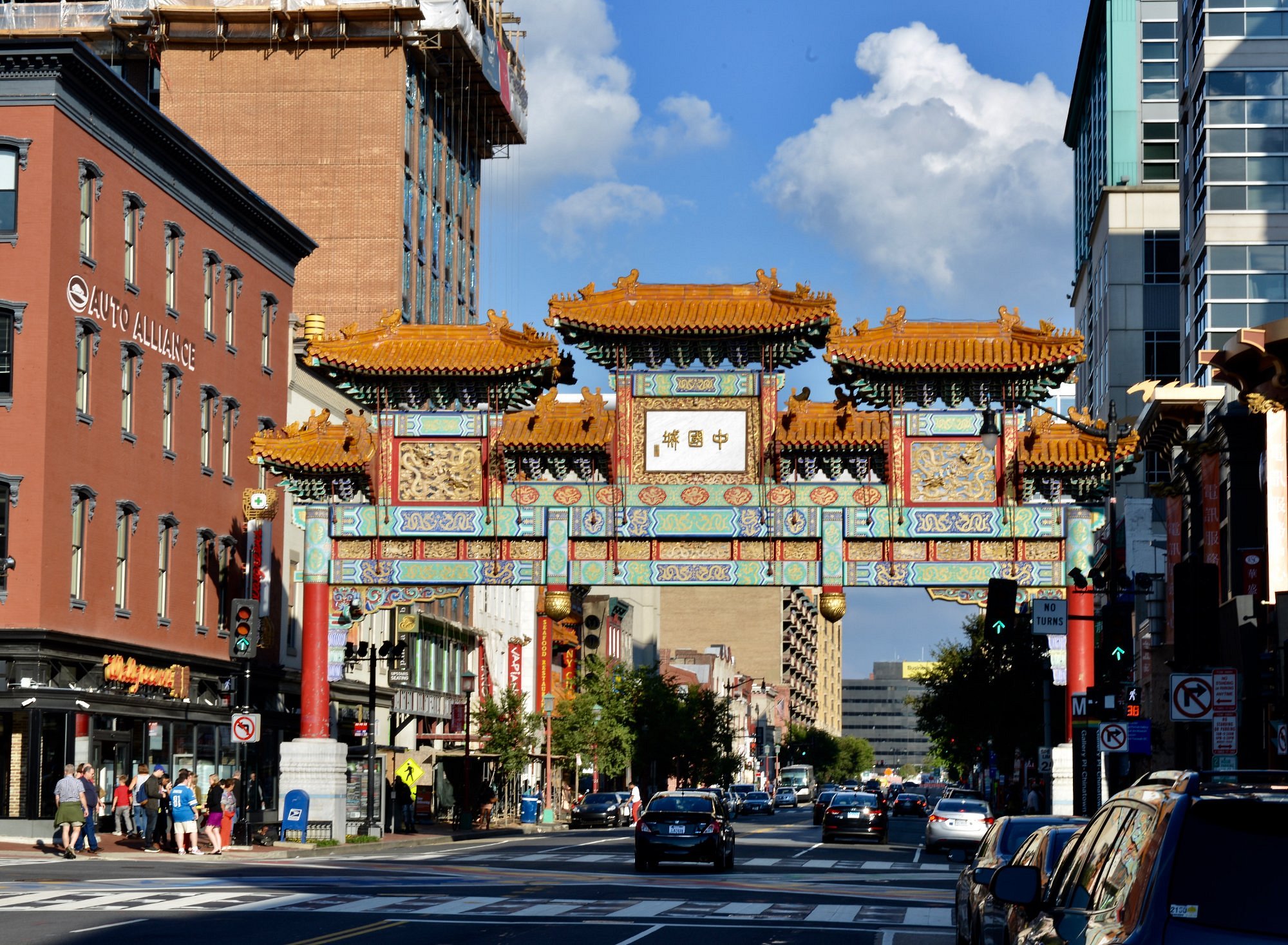

Nestled within the vibrant streets of Downtown Washington, D.C., lies a small historic district known as Chinatown. Over the years, this neighborhood has undergone significant transformations, from being a bustling enclave of Chinese immigrants to its present state as a symbol of cultural change. In this blog post, we will delve into the history of Washington, D.C.’s Chinatown, its evolution, and the challenges it faces in the midst of gentrification.
The story of Washington, D.C.’s Chinatown began in the mid-19th century, with the establishment of the first Chinatown in the Federal Triangle area. However, as urban development progressed, the neighborhood was relocated to its current location on H and I Streets between 5th and 8th Streets, Northwest. This move was prompted by the construction of a new federal building, and thus began the second chapter of Chinatown’s history.
In 1986, an iconic Friendship Archway, a traditional Chinese gate, was erected over H Street at 7th Street. This architectural gem symbolized a collaboration between Washington, D.C., and its sister city, Beijing, while also serving as a welcoming entrance to the neighborhood. Additionally, the Metro station in the area was renamed Gallery Place-Chinatown, further emphasizing the district’s cultural significance.

In recent decades, the landscape of Washington, D.C.’s Chinatown has undergone a visible transformation. The construction of the MCI Center (later renamed Verizon Center and now known as Capital One Arena) in 1997 marked a turning point for the neighborhood. As this sports and entertainment arena took shape, the area experienced gentrification, gradually altering the demographic makeup and character of the community.
With the forces of gentrification at play, Chinatown has faced its fair share of challenges. As the Washington Post reported in 2015, the number of Chinese-Americans residing in the area dwindled to a mere 300, with many being displaced by rising rents and changing property dynamics. This phenomenon has sparked discussions about the commodification of culture and the need to preserve the essence of Chinatown amid urban development.
Washington, D.C.’s Chinatown stands as a testament to the complexities of urban evolution and cultural change. While the district may have experienced shifts in population and character, it continues to hold historical and symbolic significance. As we navigate the path of progress, it is crucial to strike a balance between revitalization and the preservation of cultural heritage, ensuring that Chinatown remains a cherished part of the city’s tapestry for generations to come.
Living in Chinatown
There are limited residences for sale in Chinatown, with all sales being condos. Most condos are in two buildings, the Residences at Gallery Place and Chinatown East | 6th St Flats. In the first half of 2023, only three homes closed in this area, ranging from a studio apartment for $279,900 to a 2 bedroom unit for $530,000.


Things to do in Chinatown
Capitol One Arena 601 F St NW, Washington, DC 20004 Teams: Washington Wizards, Washington Capitals, Georgetown Hoyas men’s basketball

National Portrait Gallery 8th St NW & G St NW, Washington, DC 20001



